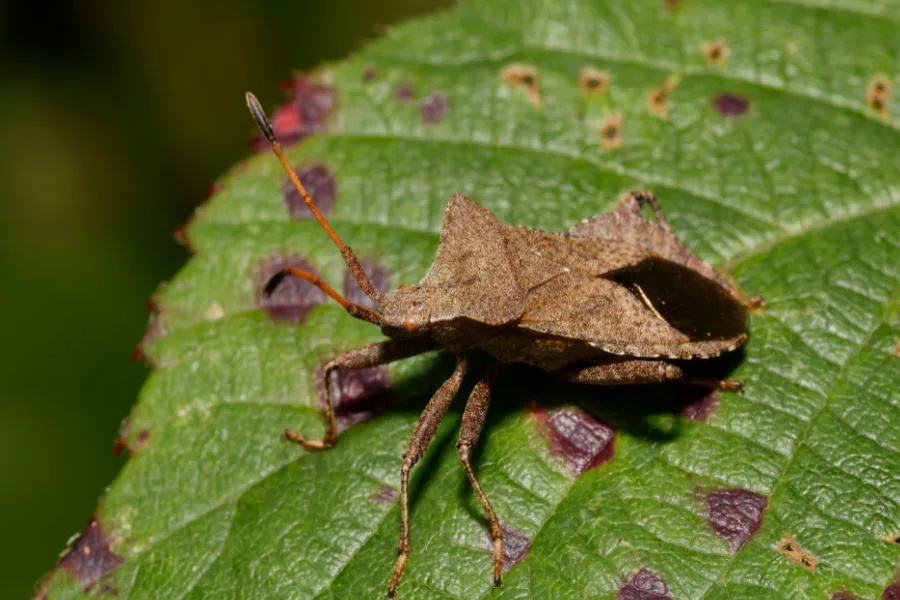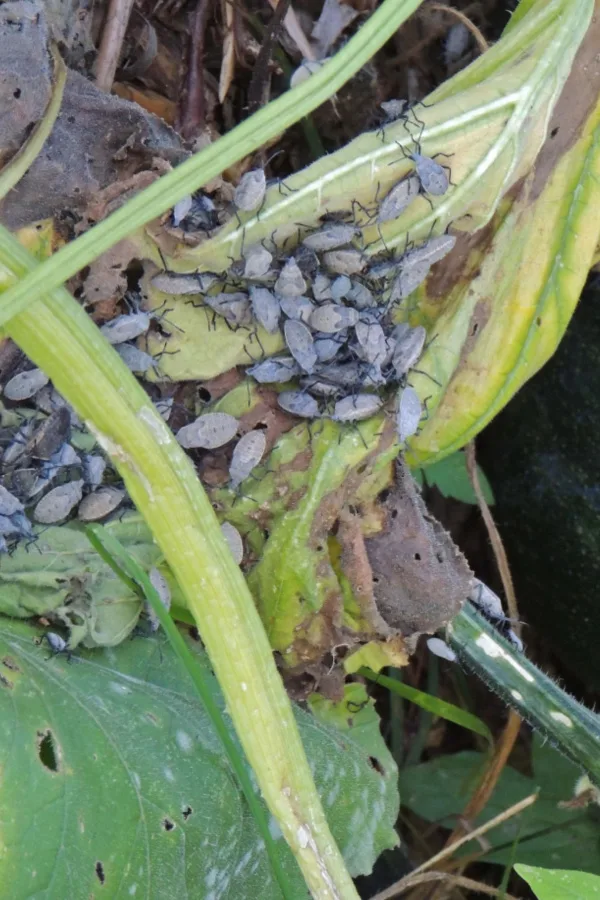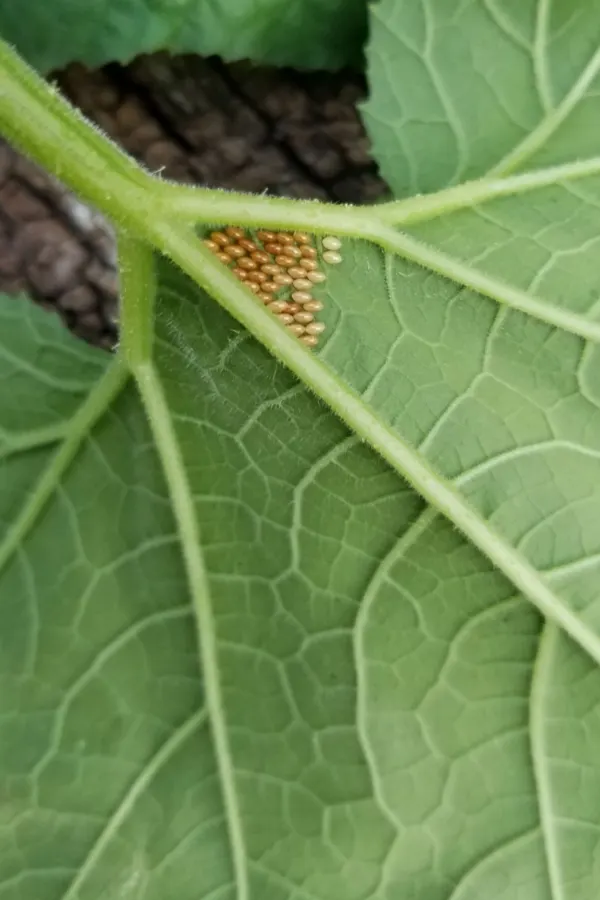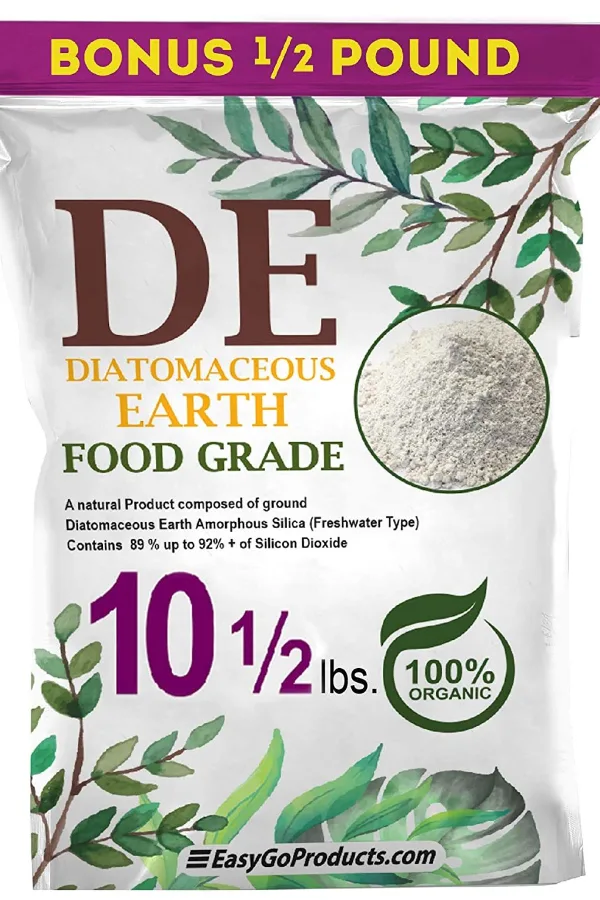Looking for a few great ways to rid your garden of squash bugs? Squash bugs, which are often confused for stink bugs, are a devastating garden pest that can lay waste to otherwise healthy crops.
Unfortunately, they attack much more than just squash. Squash bugs are more than happy to snack on cucumber plants, zucchini, pumpkins, watermelon, cantaloupe, muskmelon and more. In fact, any member of the cucurbit family is at risk from an attack. And the attacks can be devastating!
Not only will squash bugs devour and lay waste to the foliage of plants, they also attack the fruit. Squash bugs have super-sharp mouths that literally suck the sap from healthy plants.

They can destroy small plants in just a day or two. Larger plants may be able to keep a portion of their foliage alive, but can sustain heavy damage, often resulting in less fruit, and the plant’s ultimate demise. Even worse, once they establish in a garden, squash bugs can build up quite the population if they go unchecked.
Squash Bugs Damage – How To Get Rid Of Squash Bugs
Squash bugs cause a tremendous amount of damage, and it two distinct ways. For starters, their super-sharp mouths tear foliage while sucking the sap from healthy plants. However, as they bite into the vines and foliage of plants, they also release a toxin that is deadly to the plant.
After an attack, a plant will begin to have a few yellow spots appear on its leaves. This is from the initial bite from the squash bug. Then, within a day or two, the leaves begin to wilt and rot away. This damage is from the deadly toxin left behind.
As the toxin continues to spread throughout the plant, more and more foliage begins to wilt. Eventually, what once was a thriving plant becomes nothing more than a mass of dead foliage.
One thing is for sure, trying to eliminate squash bugs from your garden can seem like a daunting task. Especially once they have arrived in full force and begin to reproduce quickly.

But here’s the good news, there are effective ways to get rid of squash bugs from your garden. Even better, you can do so by taking an all-natural approach. And best of all, once you have the situation under control, there are also a few natural and simple methods to help keep your garden and crops safe for good.
How To Get Rid Of Squash Bugs
#1 Be Aware
The first line of defense is to be proactive in your approach. It is vital to keep an eye out in the garden and look for early signs of squash bug activity. The faster you can identify and issue, the easier it will be to remedy.
Adult squash bugs look very much like the common stink bug. The one main difference is that they have an orange-like stripe across both their abdomen and on the sides of their shell-like body.
Adults overwinter either in the garden soil, or in nearby wood piles or brush. When they emerge, they head to the plants to mate. This usually happens in mid to late summer. Unfortunately, of course, it is at a time when many garden plants are in full production.
Finding & Removing Eggs – How To Get Rid Of Squash Bugs
Squash bugs lay their eggs on the undersides of plants. And these eggs can take up to 10 days to hatch. It is during this time that you need to be diligent in finding and removing both the adults and the eggs from your plants.

The best way to get rid of squash bugs and their eggs at this stage is simply by hand picking. If you can remove them before they begin to multiply, you can control the damage quite well. If not, a newly hatched set of squash bugs can lay waste to a plant and garden quickly.
Using Neem Oil & Diatomaceous Earth – How To Get Rid Of Squash Bugs
If you are experiencing an attack that is beyond hand picking, neem oil and diatomaceous earth are two great all-natural remedies that can help you get an invasion under control.
Neem oil comes from the seeds of a neem tree, and spraying the oil on the foliage of infected plants will work to kill adult squash bugs, as well as young nymphs and eggs. It is extremely effective, but use with caution as it will kill many beneficial insects as well.
There are ready-to-use spray bottle mixes, or you can mix two teaspoons of pure neem oil with one gallon of water to create an effective spray for your plants. Product Link : Pure Neem Oil
Diatomaceous earth is another great all natural weapon to use against squash bugs. It is essentially the fossils of ancient marine life. To use, sprinkle on the foliage of plants and on the soil surface around the plants.
The sharp edges of the tiny ground fossils pierce the exterior of the squash bugs, resulting in their death. To remain effective, diatomaceous earth needs to be reapplied after it rains or if you water or have a heavy dew. Product Link : Diatomaceous Earth
Using Row Covers To Get Rid Of Squash Bugs – How To Get Rid Of Squash Bugs
Another effective way to control squash bug damage is through the use of floating row covers. Especially when plants are young and the squash bugs have not yet arrived.
If the young crops are covered, squash bugs are unable to lay their eggs on the plants. It is a one hundred percent effective method as long as the row covers are put on before the arrival of squash bugs.
Place floating row covers on soon after planting, removing only when the first flowers begin to appear. This will allow for proper pollination of crops, but gives enough time for the squash bug mating period to pass. Product Link : Floating Row Covers
Long Term Control – How To Get Rid Of Squash Bugs
Beyond stopping a current invasion of squash bugs, there are ways to help reduce the population of these marauding pests each growing season moving forward.

First and foremost, clear your garden of all old plants as soon as you can in the fall. Allowing decaying vegetation to overwinter provides a wonderful home for squash bugs. Even better, cover your soil with a cover crop to help energize the soil and protect it from the pests overwintering. See: How To Plant A Fall Cover Crop
In addition, remove any piles of debris or leaves that are near your garden. Again, it can give them a great home way too close to your garden.
Companion Planting & Crop Rotation – How To Get Rid Of Squash Bugs
One of the most effective ways to control squash bugs each and every year is by employing the power of companion planting. Nasturtiums, radish, dill and marigolds are all known to repel squash bugs quite effectively.
By planting these crops nearby the plants affected by squash bugs, you can help keep them at bay. The squash bugs simply do not like to take up residence near the companion plants.
Finally, crop rotation is a big key to keeping populations of squash bugs at bay. By moving crops to a new location from year to year, the eggs, larva and adults are unable to “set up shop” and infest a specific area.
Moving crops to a new location in the garden each season actually helps tremendously in the battle against all insects, and keeps the soil fresh for a new set of crops as well.
Here is to keeping stink bugs from destroying your garden and plants – and to a big harvest each and every growing season. Happy Gardening! Jim and Mary.
Jim and Mary Competti have been writing gardening, DIY and recipe articles and books for over 15 years from their 46 acre Ohio farm. The two are frequent speakers on all things gardening and love to travel in their spare time.
As always, feel free to email us at thefarm@owgarden.com with comments, questions, or to simply say hello! You can sign up for our free email list in the subscribe now box in the middle of this article. Follow us on Facebook here : OWG Facebook. This article may contain affiliate links.

